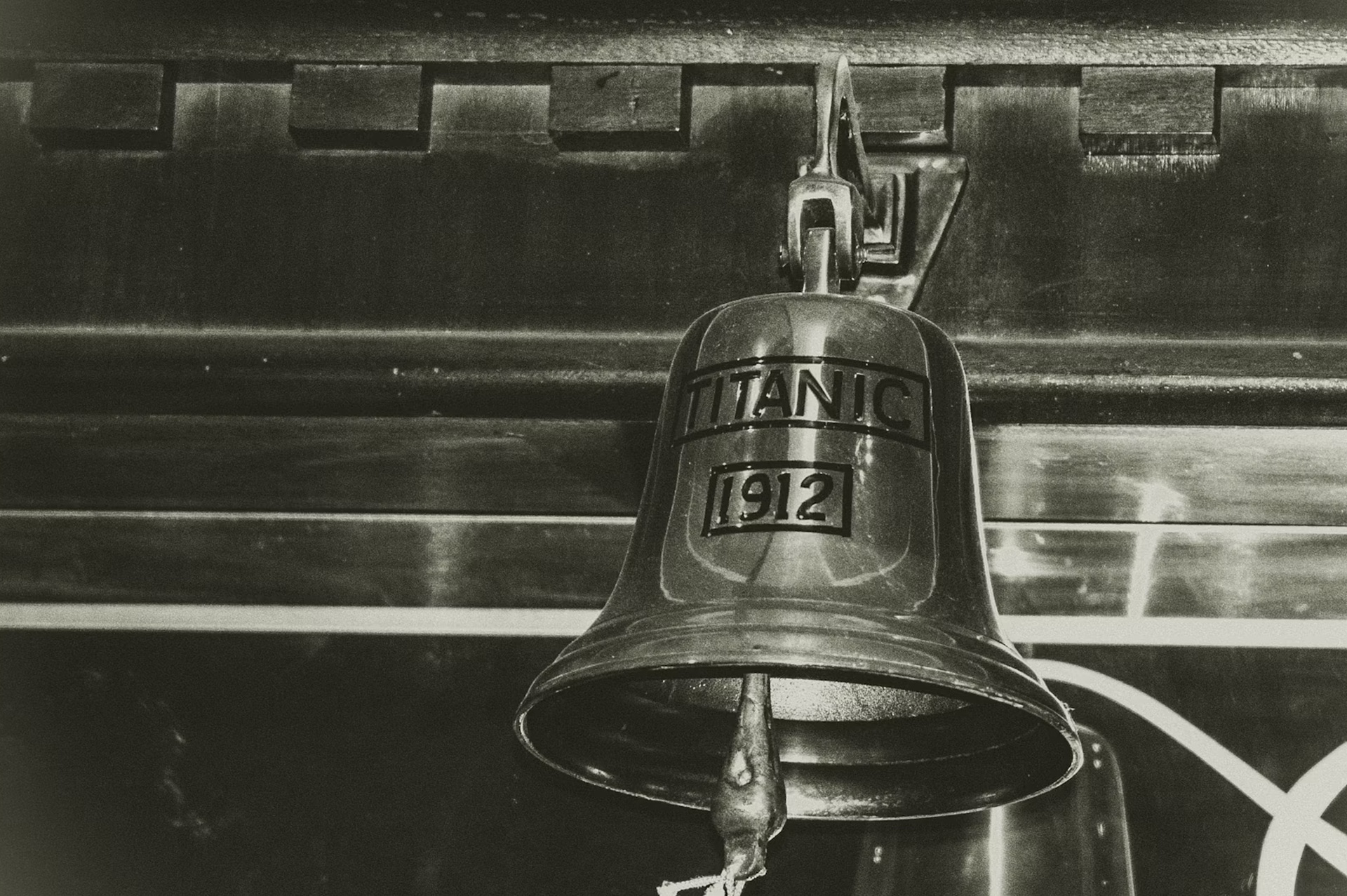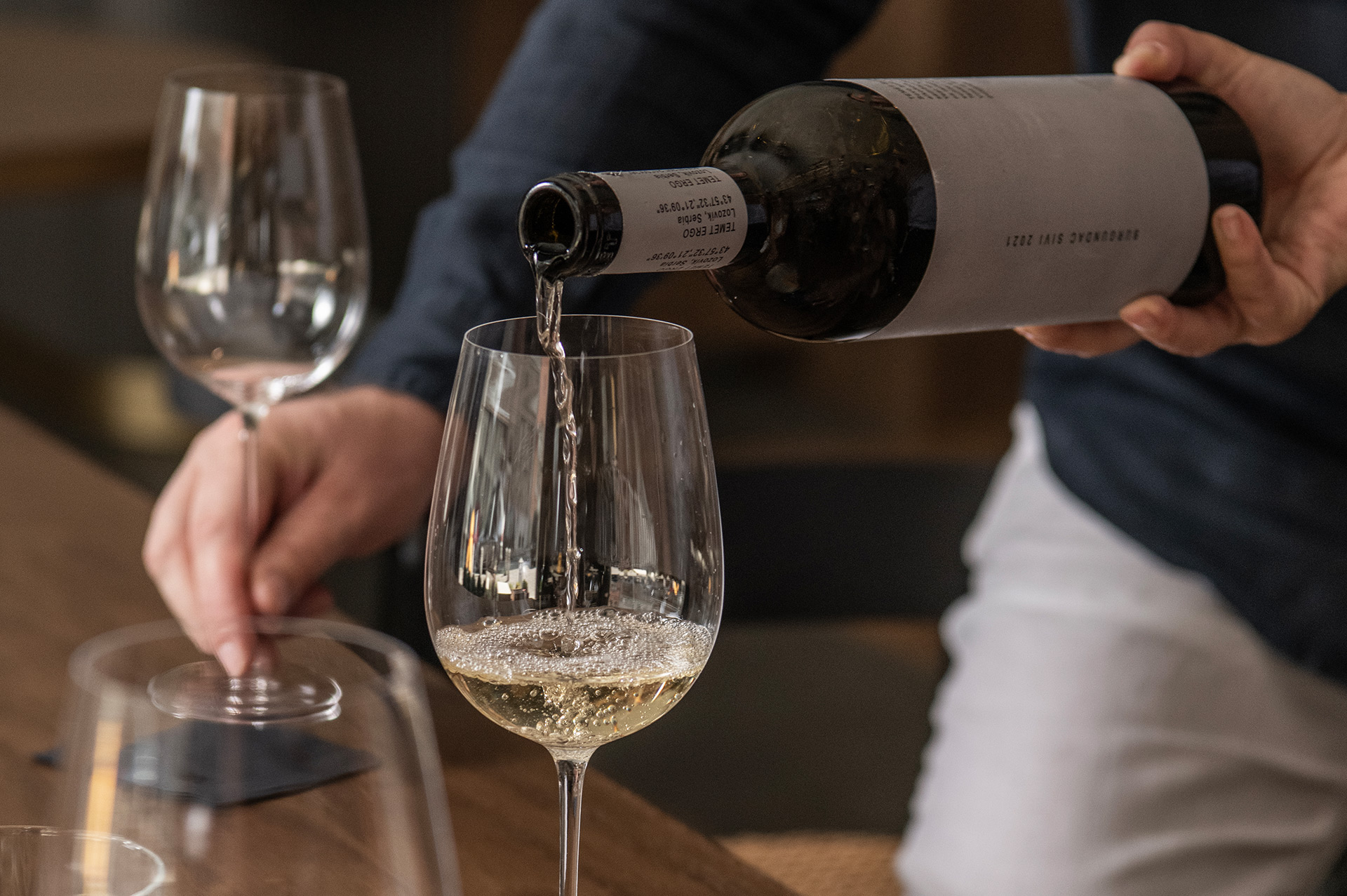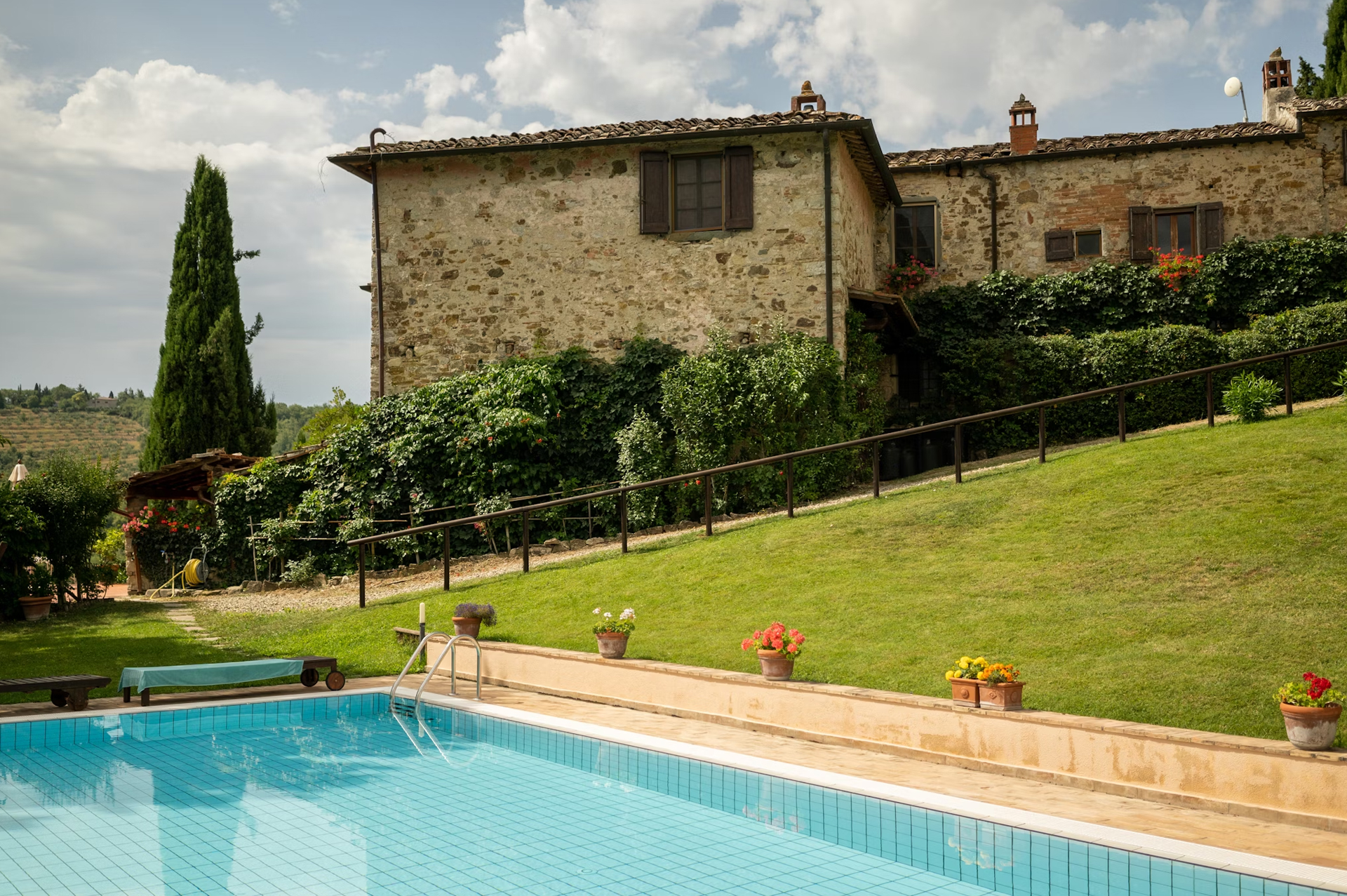The first associations with the Titanic, the “unsinkable” ship that tragically sank, signaling the end of a historical era, are typically luxury and the boundless tragedy that followed its short but opulent voyage on the world’s largest passenger ship. For wine enthusiasts, however, the primary association is the mystery of the Titanic’s wine cellar, widely believed to be the pride of this vessel, the most luxurious of its time.
Historical accounts and rare finds from the ship’s wreckage confirm that the Titanic, a ship designed to be the world’s finest in every way, was equipped with a wine cellar containing thousands of carefully selected bottles of wine, champagne, and liqueurs. First-class passengers, who dined lavishly in the grand dining room, had the opportunity to sample exquisite wines from the world’s most renowned regions, particularly France. According to historical records and menus recovered from the wreck, the wines were chosen to complement sophisticated multi-course meals ranging from six to ten dishes.
Wine as a status symbol
Among the wines served, Bordeaux reds stood out. The Bordeaux region, then as now, was synonymous with prestige, and it’s likely that wines such as Château Lafite Rothschild or Château Margaux were poured on the Titanic. These wines were favored by the elite for their complexity and depth, perfectly complementing dishes like beef or game served at dinners.
White wines from Burgundy, such as Chablis or Montrachet, were a common choice for fish and seafood dishes. These fresh, mineral-driven wines paired impeccably with delicacies like oysters, a staple on the first-class menu.
Champagne was indispensable on the Titanic, with houses like Moët & Chandon and Heidsieck & Co. Monopole among the favorites. In fact, Heidsieck & Co. Monopole Blue Top was one of the few champagnes confirmed to have been served on the Titanic, as several bottles were recovered from the wreck.
For those who preferred lighter, sweeter wines, German Rieslings from the Mosel or Rheingau regions were an important part of the wine list, typically served with desserts or lighter appetizers.
On the Titanic, the choice of wine was not merely a matter of taste—it was a reflection of social status. First-class passengers, including millionaires like John Jacob Astor IV and Margaret Molly Brown, expected nothing less than the best, including their beverages. The wine list was meticulously curated to impress and satisfy the most discerning guests. Serving rare and expensive wines was a way for the White Star Line, the Titanic’s owner, to underscore the ship’s exclusivity.
Survivors’ accounts reveal that wines were often paired with specific courses, adhering to the era’s high dining etiquette. The ship’s sommeliers were experts who advised passengers on the best pairings, and each dinner was a spectacle of taste and elegance.
Discoveries in the wreckage
After the Titanic sank in 1912, its wreckage remained untouched at the bottom of the Atlantic until its discovery in 1985. Among the artifacts recovered were bottles of still wines and champagnes, some remarkably well-preserved due to the cold, dark conditions of the ocean floor. While most of the wines were no longer potable, the discovery of Heidsieck & Co. Monopole bottles from 1907 sparked excitement among historians and winemakers. These bottles are now priceless, not only for their age but also for their connection to the Titanic, a ship that sank along with an era defined by extravagant luxury.


